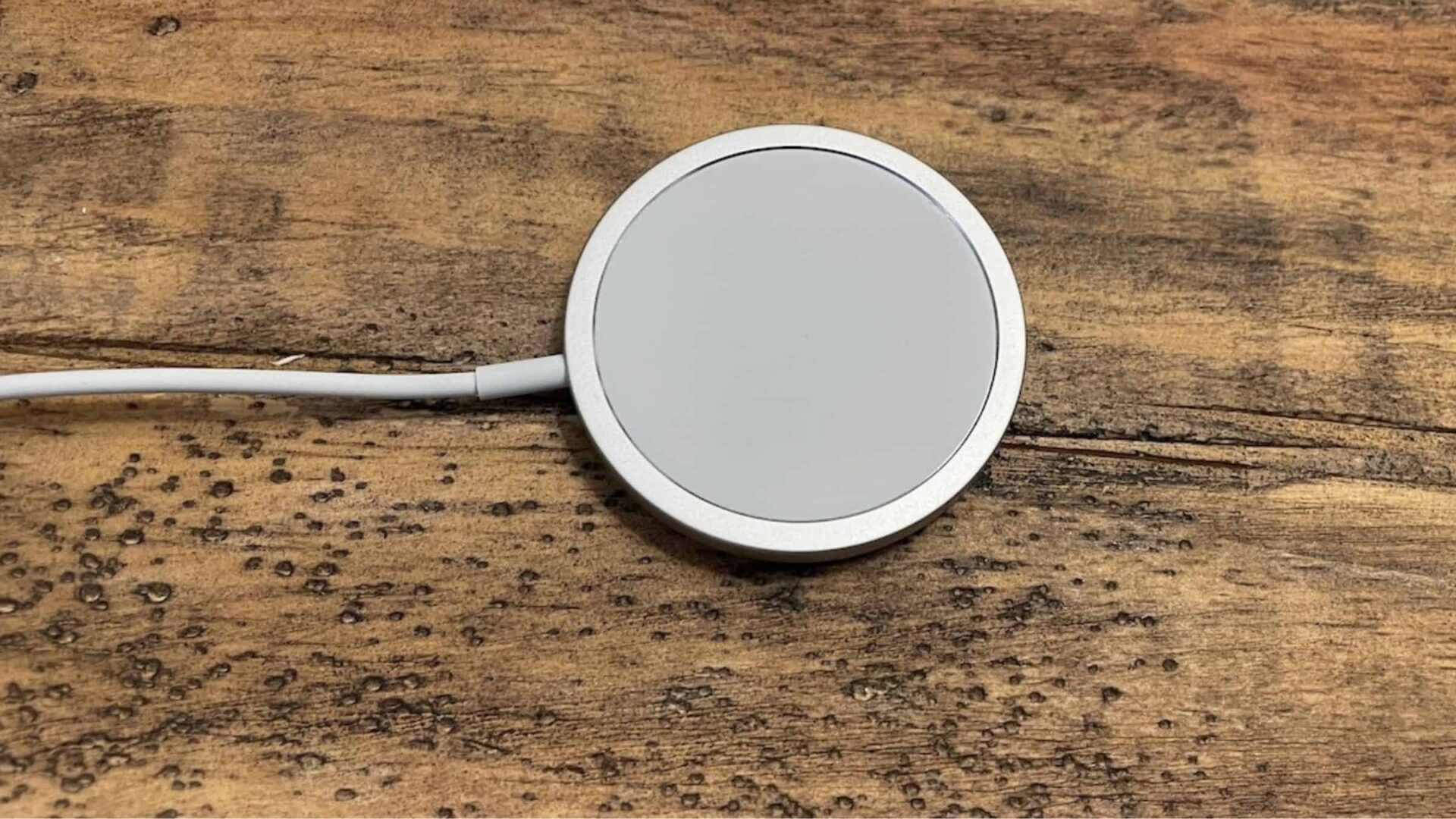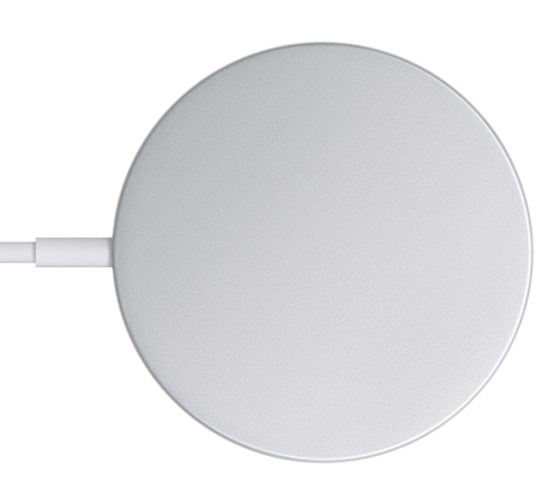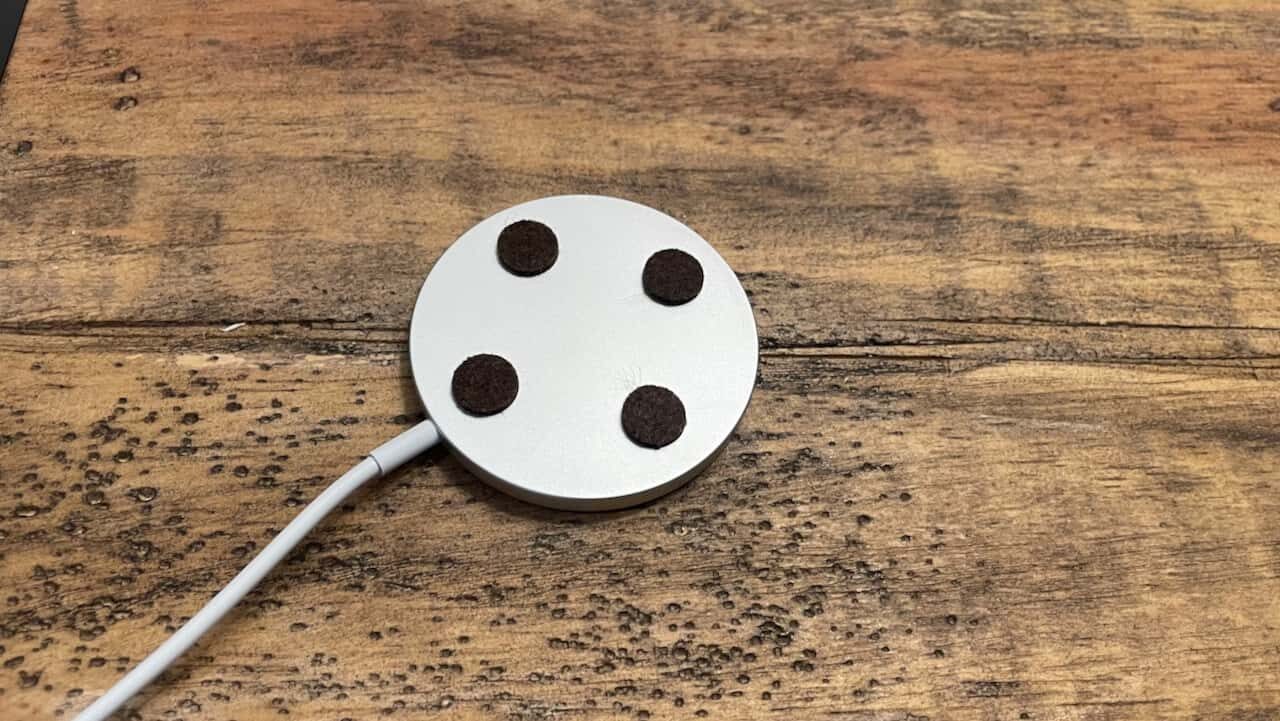When I first learned about “wireless” charging for devices like my iPhone, I was a skeptic.
“How hard is it to connect a charging cable?,” I wondered.
Then, I got a wireless charger as a conference freebie and I tried it.
“Meh, I guess this is OK,” I decided and I started using it.
It was slightly easier than connecting and disconnecting the Lightning cable.
BTW, when are you going to make USB-C the consistent charging standard, Apple? USB-C works fine on my iPad and my MacBook Pro. The EU has proposed forcing that standard, and maybe Apple will just go all in on wireless charging. We'll see.
A New Failure Mode
Wireless charging is nice — IF you get the phone situated properly on the charger. There have been a few times when I thought I was charging my phone overnight, only to wake up in the morning to find the battery to be perilously low. Oops!
I could have (and maybe should have) just ended the wireless charging experiment, going back to the trusty charging cable.
A New Gadget Countermeasure Creates a New Problem
But, I like gadgets. When I was at my local Apple Store, I was tempted by their “MagSafe” wireless charger.
With the phone (or a compatible case) having magnets, the device “clicks” into place onto the charger. This eliminates the problem of the phone not being on the charger correctly.
Here's the charger sitting on my nightstand:

The underside of the charger is a hard surface, as pictured here:

When I'd pick my iPhone up off the charger when I wake up (a bad habit, I realize), the phone comes off the charger with a one-handed reach and grab.
Unfortunately, the charger lifts up a bit when I pull the phone off, and then it bangs back down on the nightstand. I'm always the early riser and I don't want the bang of the charger to disturb my usually-still-sleeping wife.
So, again, maybe I should just go back to the long wired charging cable.
A Small and Simple “Kaizen”
But, my training and experience with the “kaizen” approach to continuous improvement spurred my creativity. Kaizen is an approach that focuses on small, simple, and inexpensive improvements to problems that matter to us.
Maybe my Kaizen mind would say, “Simple is best, forget the wireless thingy.”
Even with that possibly-flawed thinking, I was driven to tweak the MagSafe charger.
I had some small adhesive felt pads that I stuck to the bottom of the charger, as shown:

The felt cushions the “fall” of the charger back onto the nightstand, making it significantly quieter.
This fix cost well under $1.
What do you think? Am I making improvements to a countermeasure that I should have never adopted? Or, should Apple tweak their design to include a felt bottom? Or, would you want to copy what I did?
As Joe Swartz and I wrote about in our Healthcare Kaizen books, I followed our five-step process:
- Find a problem (loud charger noise)
- Discuss the problem (well, I talked to myself, LOL)
- Test a countermeasure (I did)
- Document the improvement (I did)
- Share the improvement (this post)
You can also see the discussion that was generated by me sharing the shorter version of the story on LinkedIn:
What do you think? Please scroll down (or click) to post a comment. Or please share the post with your thoughts on LinkedIn – and follow me or connect with me there.
Did you like this post? Make sure you don't miss a post or podcast — Subscribe to get notified about posts via email daily or weekly.
Check out my latest book, The Mistakes That Make Us: Cultivating a Culture of Learning and Innovation:










[…] Read the entire article at https://www.leanblog.org/2021/09/my-simple-cheap-improvement-to-my-iphone-magsafe-charger […]